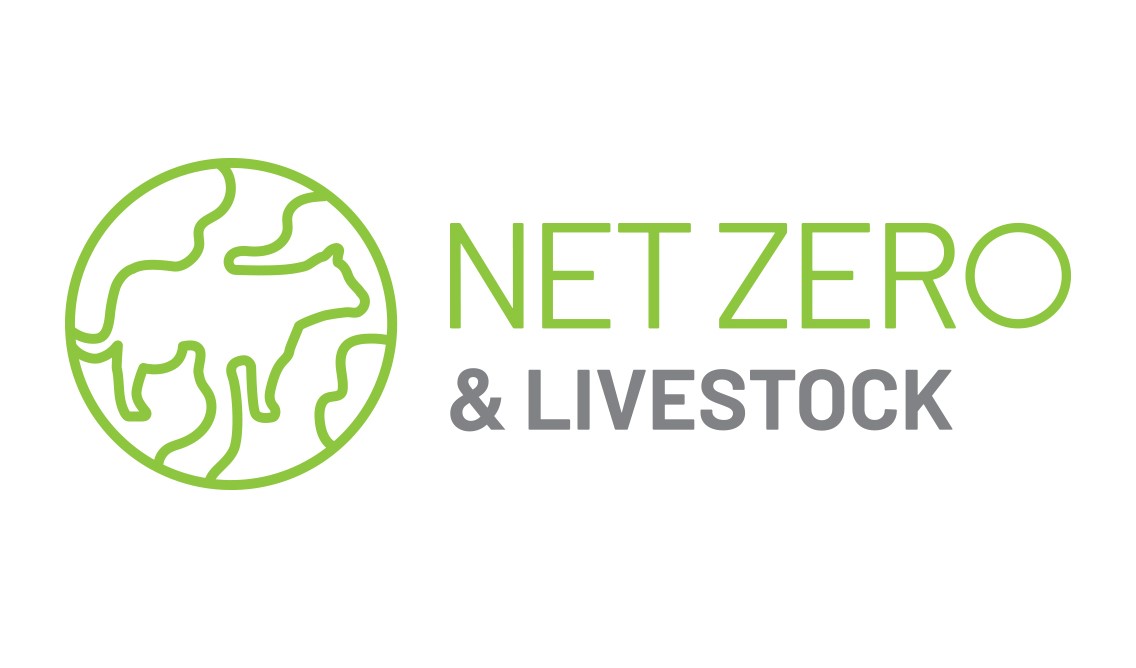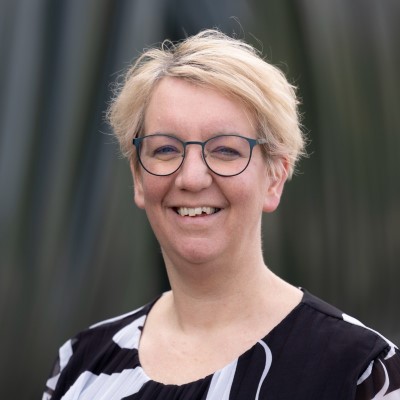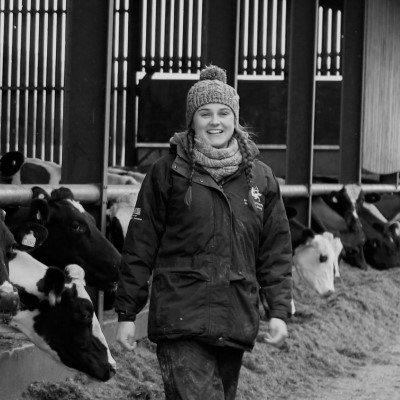CIEL | Blog: Bridging the emissions gap in livestock and aquaculture
Paddy Tarbuck

Net Zero challenge
In CIEL’s previous Net Zero & Livestock reports, we highlighted greenhouse gas (GHG) emissions sources from the agriculture sector and explored existing efforts to reduce sector-by-sector emissions in livestock, from grassland management in sheep farming to slurry management in pig production. Intensification and modernisation of practices in livestock agriculture over the past century has brought about vast progress in productivity, yield, animal health and welfare, but it has also led to unsustainable farming systems that often favour short-term gains and subsequent nutrient losses to maximise outputs and meet the needs of a growing consumer base.
At CIEL, we recognise that current modes of practice in food production and food systems are a source of global emissions and contribute to environmental degradation, but we also firmly believe that farming can be part of the solution. We are already seeing evidence of sustainable, circular farming systems, utilising innovation and carving their own path to Net Zero. Despite progress, the first CIEL report on this topic highlighted that even at high rates of uptake, current technologies and management practices can only get us a third of the way to the UK’s 64% emissions reductions targets in agriculture and land-use by 2050.
Bridging the gap
The third publication in our Net Zero & Livestock series puts the spotlight on this emissions gap, exploring the new innovations in technology, services and management approaches that bridge this gap. With support from leading scientists and technology experts in the UK, we have identified some of the critical innovations that deliver not only GHG emissions reductions, but also environmental, social, and economic impact. Dividing these ideas into innovation areas brought us 4 key topic areas: Health & genetics; Nutrition; Waste; and Land, with the ultimate goal of providing a signal to scientists, innovators, entrepreneurs, policymakers, businesses and investors on where to best support innovation for Net Zero.
Health & genetics
Innovations in animal health such as boosting immunity through vaccines or prophylactic health products (PHPs) in aquaculture can increase productivity, reduce resource use, cost and ultimately, GHG emissions. There are also developments in genetic improvement, particularly for ruminants, focussing on selective breeding for lowering methane emissions from enteric fermentation. Within this field of innovation, there are inevitably trade-offs between efficiencies, welfare and environmental impact that need to be realised for us to progress. A ‘One Health’ approach provides a blueprint for unifying these moving parts.
Nutrition
For nutrition, the twin goals of reducing emissions from ruminant digestion and from production of feed for non-ruminants presents a unique challenge. Feed production and associated land-use change, for instance, accounts for up to . On the other hand, enteric fermentation and associated methane emissions account for up to This latest report from CIEL explores targeting methane emissions from ruminant digestion through methane inhibitors and methane vaccines, alongside research into novel protein feeds for unlocking opportunities for sustainable feed production. Regulation and on-farm trials are the major hurdles for innovation in nutrition.
Waste
Recognising the need for efficient nutrient cycling and circular approaches to farm systems, waste management is increasingly under the spotlight. Manure processing and novel approaches to management provide the potential for circularity, with additional valorisation efforts currently being addressed through innovations such as plasma treatment of slurry. The report highlights the impact potential and knowledge gaps for new innovations in manure management and slurry treatment.
Land
The recent IPCC synthesis report characterised agriculture in the ‘difficult to decarbonise’ sectors. The landmark report suggested that we urgently need innovative approaches to land-use and land-use change that not only reduce emissions but also drawdown residual emissions from the sector. Livestock and aquaculture production systems are uniquely positioned to optimise carbon sequestration potential through sustainable land-use and resource management. Technologies to better enhance soil health and soil carbon such as biochar, coupled with further development of precision agriculture, present opportunities to align strategies for carbon dioxide removal efforts, boosting biodiversity and the overall productivity of food systems.
What next?
The new innovations showcased in the ‘Net Zero & Livestock: Bridging the Gap’ report provide impact on scale if they are adopted widely, but they only scratch the surface of what is currently under development. Whilst this most recent report in our series of Net Zero & Livestock publications is a roadmap to accelerating innovation for Net Zero, it is as much about what further innovation is required and, perhaps more importantly, what are the barriers to adoption. A toolbox of affordable and accessible solutions for farmers and industry to adopt is required to empower transformation across farm systems. Solutions exist to bridge this gap, but the ability to deliver them quickly must be addressed. , but we lack the systems to guide effective decision-making for policymakers and industry alike. Empowering a just transition for achieving Net Zero is a challenge of innovating the way in which we communicate as much as it is a challenge of innovation for new technologies. CIEL and its network are perfectly positioned to tackle this challenge and we will continue collaborating for our shared vision of sustainable food systems.
To download your free copy of the report, click here









